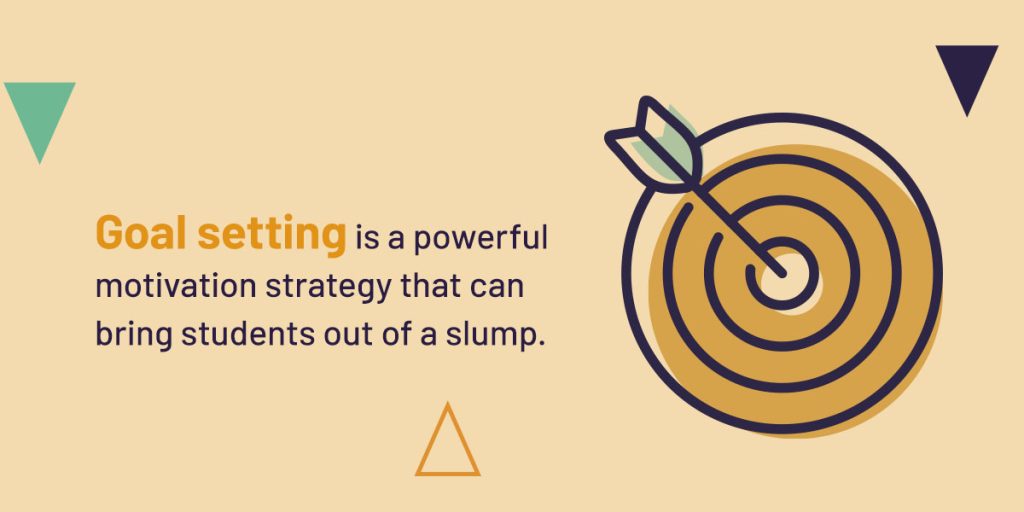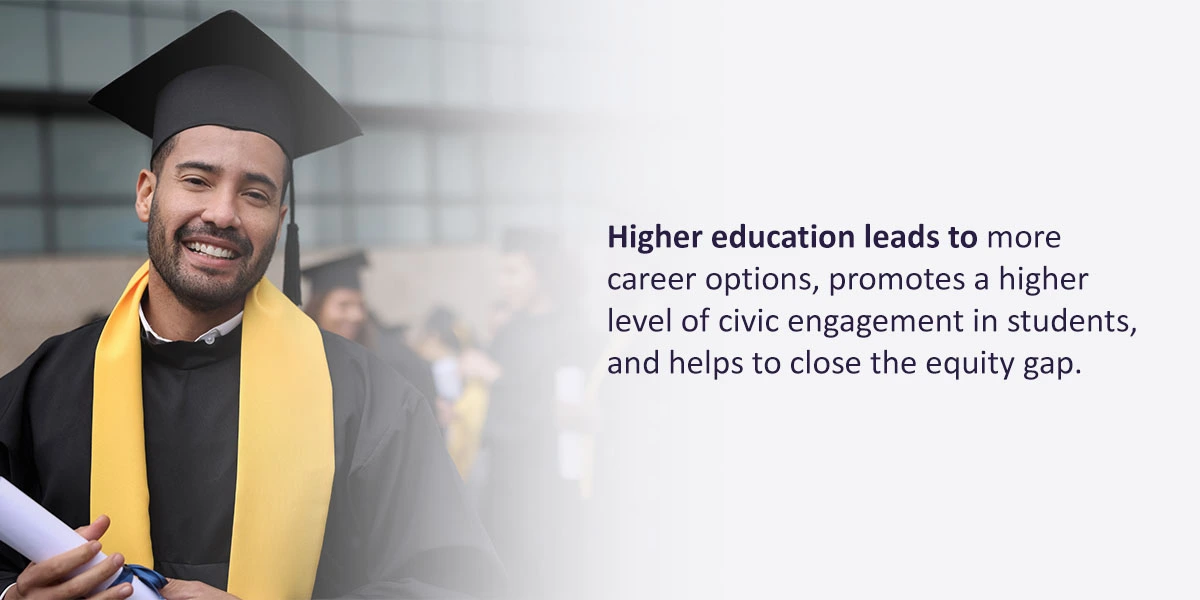
The first year of higher education is a buzz of anticipation, nerves, and excitement. New students spend this first year learning about their field of study, meeting people, and trying new things. In their second year, students are more familiar with campus life and start considering a major. It’s an exciting time, but some students may experience a less enjoyable reality — the sophomore slump.
The sophomore slump negatively impacts the student experience and can cause students to perform poorly or drop out. Thankfully, your institution can reduce the chance of students going through the sophomore slump through student advising.
Read on to learn more about the sophomore slump and how it affects students and institutions. You’ll also discover five effective student advising strategies to overcome sophomore-year challenges and empower students to succeed.
Understanding the sophomore student slump
The sophomore slump describes a phenomenon many students go through in their second year. Students in a slump feel tired, stressed, overwhelmed, and demotivated, and they start doubting their choices. It’s a time of uncertainty and exhaustion, and some students may struggle to cope with it.
Several factors contribute to the sophomore slump:
- More challenges: Second-year work is more academically challenging for students, which can be a stressful adjustment. Some also have to balance working part-time jobs, attending extracurricular activities, and meeting with friends. Not meeting external and personal expectations can be disappointing and demotivating.
- Less support: First-year students receive plenty of support to help them navigate their new life. They’re involved in welcome weeks, orientation programs, freshman events, and more. Faculty also give new students more grace and support. In second year, support typically decreases as students are more established. With less guidance, students may feel lost and alone.
- Social issues: Many students make friends in their first year and bond over shared experiences. As circumstances shift in the second year, friends often drift apart and form new social circles. Going through this natural process can feel lonely and cause students to become isolated.
- Worry and doubt: Students usually have to make big decisions in their sophomore year, like declaring a major and choosing a career path. It’s normal for them to feel overwhelmed and start doubting themselves as they make decisions that will shape their lives.
Why it’s so critical to support students in their sophomore year
Students who experience the sophomore slump need extra support and guidance to succeed. It’s even more beneficial to offer proactive support to all students as they transition to their second year in an effort to prevent the sophomore slump. Leaving students to work through challenges like the sophomore slump on their own can negatively impact:
- Satisfaction: The sophomore slump can affect all areas of student life and make the overall experience unpleasant. Unhappy students often feel unsatisfied with their choice of study and institution, lowering student satisfaction levels. If they share their experience with others, whether in person or online, they may discourage people from enrolling at your institution.
- Performance: When students are in a slump, they become tired, burned out, and demotivated. These feelings may lead to students missing classes and falling behind, which often causes their grades to slip. Many students who underperform compared to their first year fall into the sophomore slump.
- Retention: All the feelings and experiences that come with the sophomore slump can cause students to question if they belong at your institution. As their mental health and performance decline, they may consider dropping out or moving to another institution. If many students go through the sophomore slump, your institution may start noticing declining persistence and retention rates.
Effective advising strategies to combat the sophomore slump
A strategic support approach your institution can use to keep the sophomore slump at bay is sophomore year student advising. Student advisors should meet with students to:
1. Set clear goals

Goal setting is a powerful motivation strategy that can bring students out of a slump. Student advisors can meet with students to discuss their values and aspirations and then outline clear, relevant goals related to them. Once a student has goals in place, advisors can help them develop a realistic plan to achieve them.
A student’s goals can focus on academic achievement or their personal lives. For example, a student may have a goal to raise their grade point average (GPA) or join an extracurricular program.
2. Explore career options
Sometimes, students in a slump may feel directionless and unsure of what major to choose. Advisors can help students make those hard decisions by encouraging them to explore their interests and strengths. Then, they can assess relevant career options and select courses, mentors, and internships that align with their choice.
3. Build support networks
Community and a sense of belonging are critical for students who feel alone and are struggling with their studies. Students who have friends and communities they can lean on in tough times are often more resilient, confident, and happy. They also have a lower risk of burnout, helping to prevent the sophomore slump.
An advisor can encourage students to foster their support network by joining peer groups and campus organizations and establishing relationships with faculty members.
4. Encourage activity involvement
Students can also improve their well-being by attending co-curricular and extracurricular activities. These activities happen on and off campus and give students a chance to make new friends and relieve stress. They may also develop beneficial soft skills — like time management, critical thinking, adaptability, and problem-solving — that help them overcome a slump and any future challenges they may face.
Advisors can stress the importance of these activities to students and assist them in finding ones that align with their academic goals and personal interests.
5. Regularly check in
The sophomore slump can creep up slowly and last for a long time, which is why advising students should be an ongoing strategy. Students can meet with an advisor consistently to discuss their progress and discuss what’s bothering them. Their advisor can be a listening ear and offer advice when they need it. Advisors can also help students adapt their goals and plans if something isn’t working.
Support students through their sophomore year with Watermark

Watermark believes that data has the power to drive success. That’s why we created Watermark Student Success & Engagement, an innovative software designed to support students from prospect to graduation. Student Success & Engagement collects meaningful student data and makes it easily accessible to faculty and advisors.
Advisors can use our solution to create guided pathways for students, ensuring their choices align with set goals. When a student veers off course, advisors will receive early alerts so they can step in and offer support. Students can also connect with their support team through the app from anywhere, making help more accessible. The results speak for themselves — Student Success & Engagement helps higher education institutions increase retention rates by 6 percent in one year.
See how Watermark can benefit your institution by requesting a demo today!
































































































































































































































































































































































































